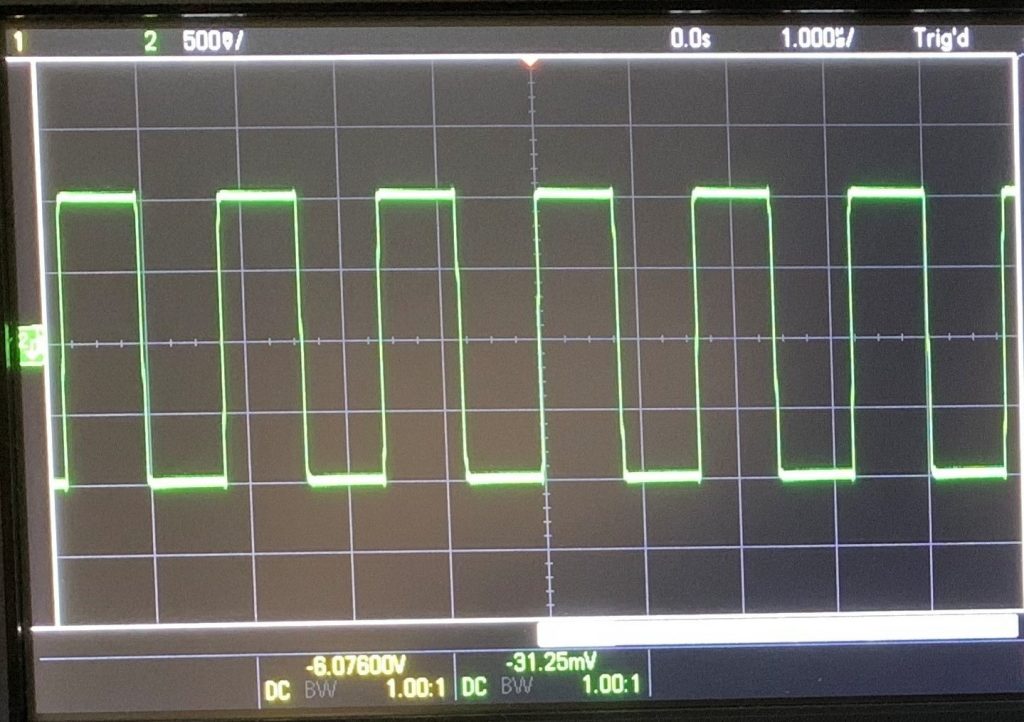
The oscilloscope has been a shining example of innovation in electrical testing disciplines for more than 50 years. It has remained a vital tool for scientists, engineers, and professionals working in fields like aerospace and defense ever since it was first developed. In contrast to conventional meters, which only display numerical data, an oscilloscope shows test signals visually, revealing complex characteristics including amplitudes, frequencies, forms, and distortions. This article explores the oscilloscope’s historical significance, development, and essential function in contemporary testing techniques.
Evolution of Oscilloscopes
The oscilloscope has evolved significantly from its original creation in 1897 while keeping its essential features. After decades of dominance by analog oscilloscopes, digital technology brought about a new era of accuracy and adaptability. Modern oscilloscopes come equipped with capabilities like digital readouts that provide extensive waveform data and dual traces for comparison examination. These developments have given scientists and engineers hitherto unattainable insights into their test signals, spurring innovation in a range of sectors.
Understanding Oscilloscope Functionality
The fundamental function of an oscilloscope is its unmatched clarity in displaying electrical signals. The amplitude is displayed by the vertical trace, and the frequency is controlled by the horizontal trace, which together creates a visual depiction on the screen. With the help of this graphic representation, users can precisely evaluate waveforms and make judgments about their testing procedures. Oscilloscopes offer a comprehensive perspective of electrical events, enabling in-depth examinations and troubleshooting, whether they are analyzing single cycles or continuous streams of signals.
Enhancing Accuracy with Probes
When used in a variety of testing circumstances, probes are an invaluable addition to oscilloscopes, enhancing both their functionality and accuracy. High-voltage probes allow meters to detect potentially dangerous voltages safely by extending their voltage range. Precision RF signal capture is the specialty of radio-frequency probes, which is necessary for wireless and telecommunications applications. Because resistor-capacitor circuits on oscilloscope probes reduce signal distortion, accurate screen depiction is guaranteed. Engineers can improve the performance of their test apparatus and provide dependable and precise findings by utilizing the characteristics of these probes.
Mitigating Stray Voltages
One of the most important issues to address in the pursuit of perfect electrical measurements is reducing stray voltages. These enigmatic occurrences, which are brought on by minute resistances between grounded locations, might have unanticipated consequences that range from safety risks to equipment failure. With the ability to identify minute voltage builds as low as 3 volts, stray voltage meters provide a customized solution. Engineers protect against any disturbances and maintain the integrity of their testing environments by detecting and resolving imperfect grounds. In addition, ground resistance meggers are essential instruments for identifying and resolving grounding problems and maintaining the dependability of electrical systems.
The Bottom Line
As technology continues to evolve, oscilloscopes remain steadfast in their relevance and importance in electrical testing. With their incredible ability to visualize and analyze complex waveforms, they empower engineers and scientists to push the boundaries of innovation across diverse industries. Coupled with advanced probes and specialized tools for mitigating stray voltages, oscilloscopes form the backbone of modern testing methodologies, driving progress and excellence in engineering and scientific endeavors.
For oscilloscopes and other legacy test equipment, contact Apex Waves today. We specialize in obsolete NI hardware, helping our customers keep their systems up and running indefinitely with the largest inventory of calibrated and fully tested mature and obsolete NI modules in the world.
Frequently Asked Questions
How can an oscilloscope be used to troubleshoot electrical circuits?
This tool is useful in many troubleshooting and research situations, such as determining the frequency and amplitude of a signal, which is important in identifying a circuit’s input, output, or internal systems. This way, you can identify if a part of your circuit has malfunctioned.
Why use an oscilloscope instead of a multimeter?
In some cases, it’s better to use an oscilloscope instead of a multimeter because oscilloscopes are specifically designed for precise tasks and troubleshooting systems that may contain complex signals. Oscilloscopes also communicate at faster speeds than digital multimeters.
Does an oscilloscope measure current or voltage?
An oscilloscope primarily measures voltage. It displays voltage variations over time, which allows users to visualize waveforms and analyze electrical signals.







